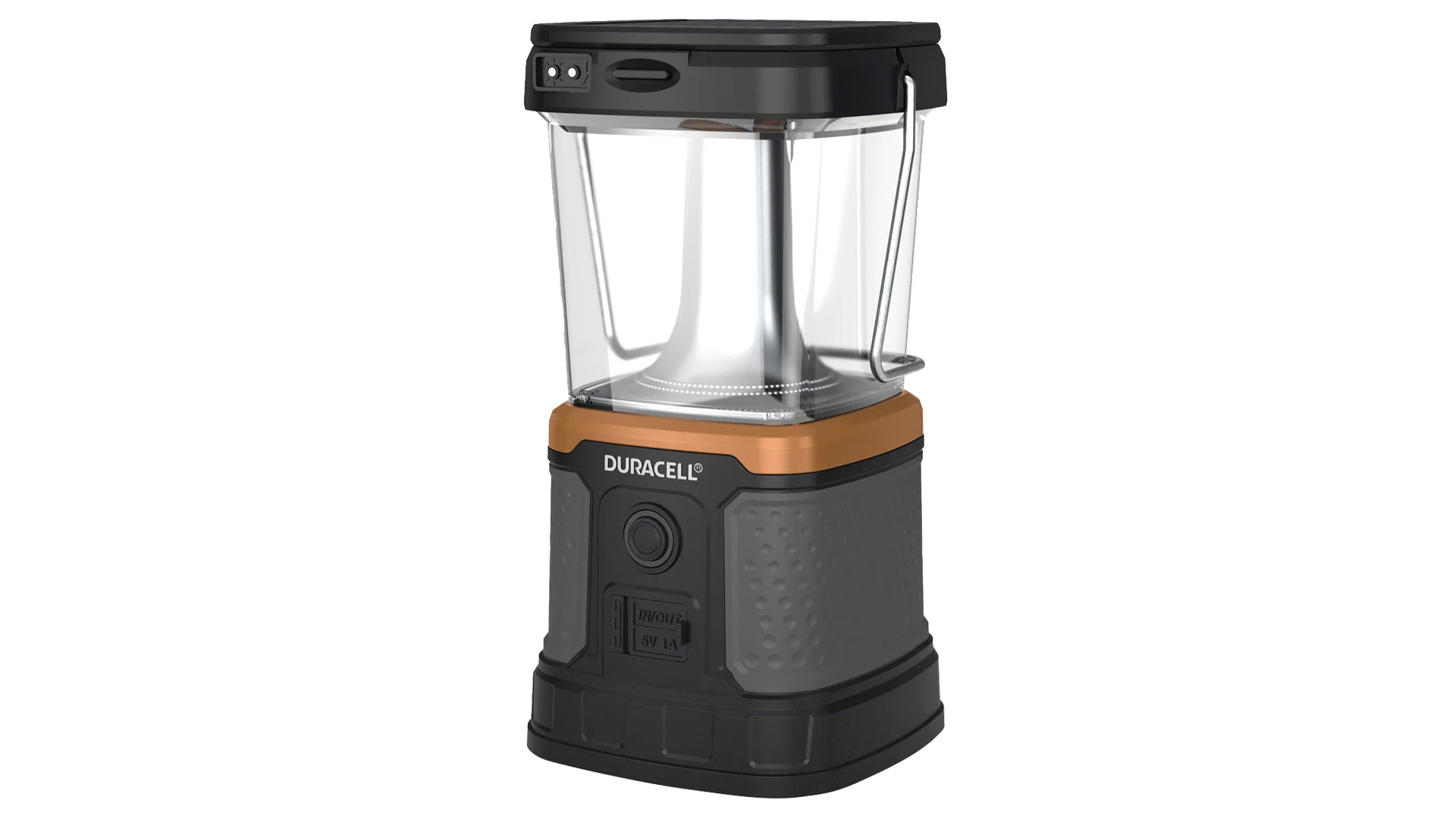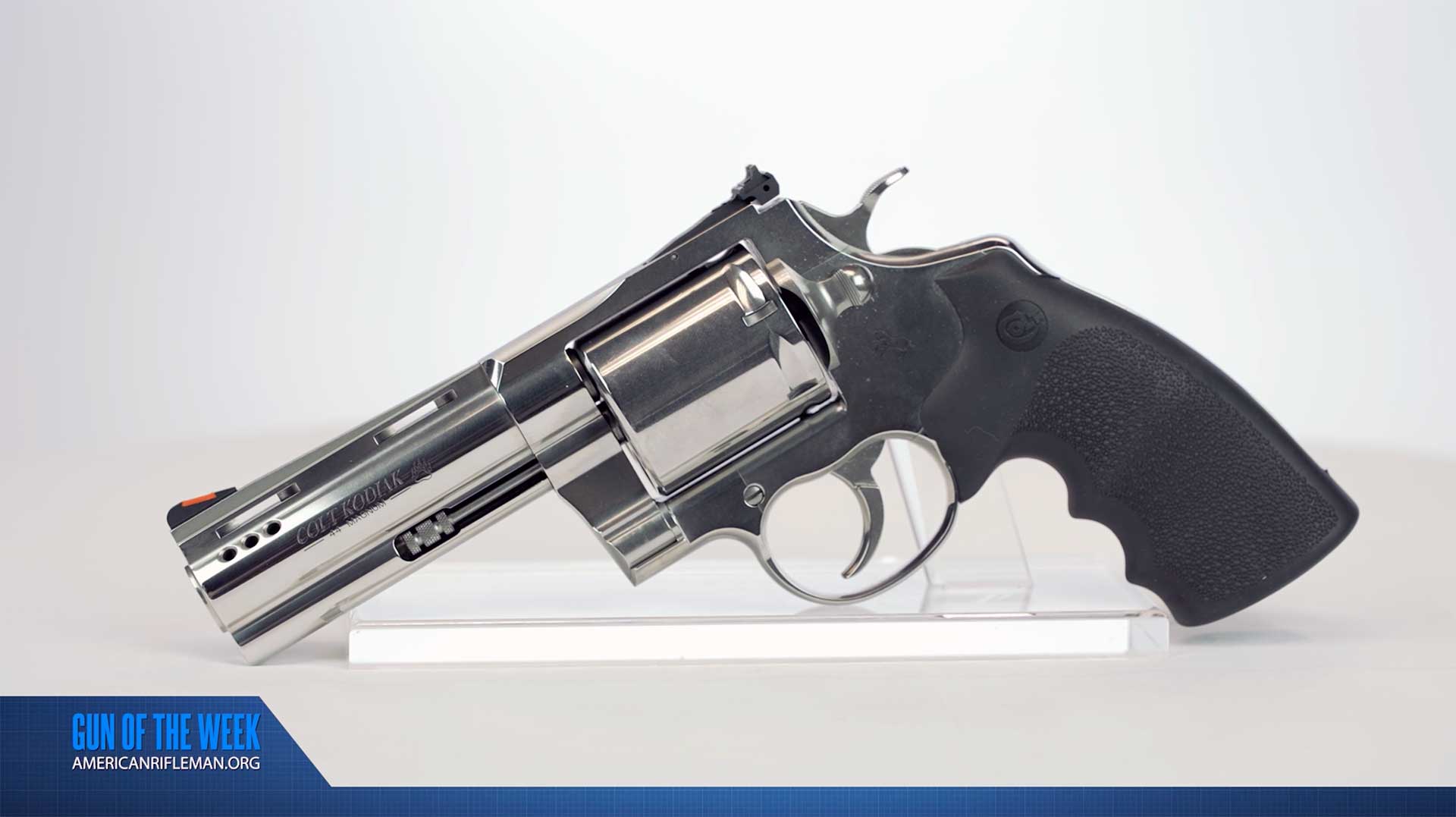
By the latter part of the 1830s, most of the major powers finally let practicality overcome economy, realizing that it was time to switch their small arms over from flintlock to percussion. Britain and France were among the earliest, with the United States following suit in short order—the Americans fielding the handsome Model of 1842.
It should be noted, however, that the United States was actually at the forefront in adopting percussion military arms, beginning in 1833 with a series of breechloading Hall carbines and continuing along with the fine Model of 1841 “Mississippi” rifle and the M1841 Cadet Musket. Halls were issued primarily to cavalry and the “Mississippi” and Cadet to riflemen and aspirants at the U.S. Military Academy at West Point, respectively.
Not surprisingly, in 1841, authorities decided that the U.S. line infantry should follow suit and be given a percussion arm. In fact, the “new” .69-cal., smoothbore M1842 musket was virtually identical to the U.S. M1840 flintlock, with the exception that it was fitted with a percussion mechanism not dissimilar to that seen on the M1841 rifle, just somewhat larger.
Manufacture of the M1842 was undertaken at both Springfield and Harpers Ferry armories. The parts were so fabricated that they could be interchanged between guns made at either facility— a first for the United States.
Measuring almost 58" overall with a 42" barrel and hefting some 9 lbs., 3 ozs., the M1842 featured bright, all-steel furniture, lockwork and barrel with a black walnut stock. It was set up to take a triangular bayonet with a 20" blade that was also like a pattern used with the M1840 flintlock.
As might be expected with a smoothbore, the arm had no rear sight, though the front barrel band was equipped with a rounded, brass blade—a holdover feature from earlier muskets.
Production on the M1842 began in 1843 at Harpers Ferry and a year later at Springfield. Some 275,000 were eventually turned out between 1843 and 1855, with Springfield accounting for 172,000 and Harpers Ferry the remainder. Versions of the M1842 were also produced in much fewer numbers at Palmetto Armory in Columbia, S.C., as well as by Benjamin Flagg and Asa Waters, both of Millbury, Mass.
First seeing usage during the Mexican-American War, thousands of M1842s were on hand at the beginning of the Civil War and saw widespread employment by both sides during that conflict. Photographs of Federal and Confederate soldiers proudly posing with their M1842s are common on the collector market today.
With the adoption of a general-issue rifle musket in 1855, it was decided to initiate a program whereby M1842s would be converted into rifles. Accordingly, this was undertaken with zeal, and between 1856 and 1859, quantities of M1842s were rifled, some 10,000 of which were fitted with long-range rear sights.
The example we’re looking at here is in virtually unfired condition. Mountings, lock, barrel and stock are in superb shape, the woodwork only suffering a few minor blemishes. As such, this pristine M1842 would be valued at $4,500. Early dates, such as this one, tend to bring a tad more, and if it were a Harpers Ferry, at least another 20 percent could be added.
Gun: Model Of 1842 Percussion Musket
Manufacturer: Springfield Armory
Caliber: .69
Condition: NRA Excellent (Antique Gun Standards)
Value: $4,500
—Garry James, Field Editor
(The author thanks Tim Prince of College Hill Arsenal for his contribution to this piece.)













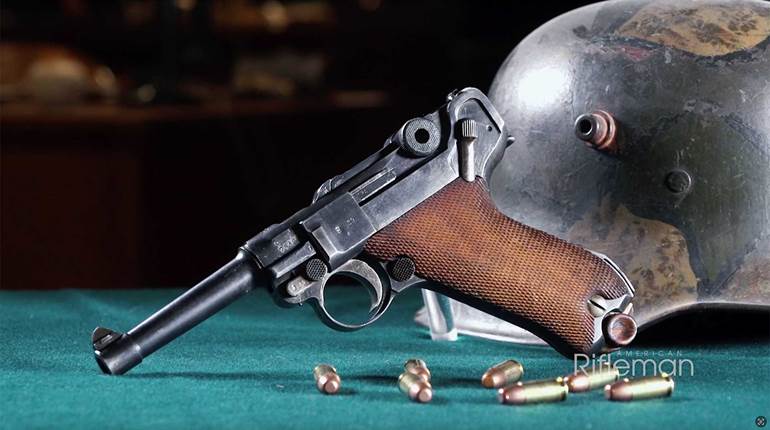
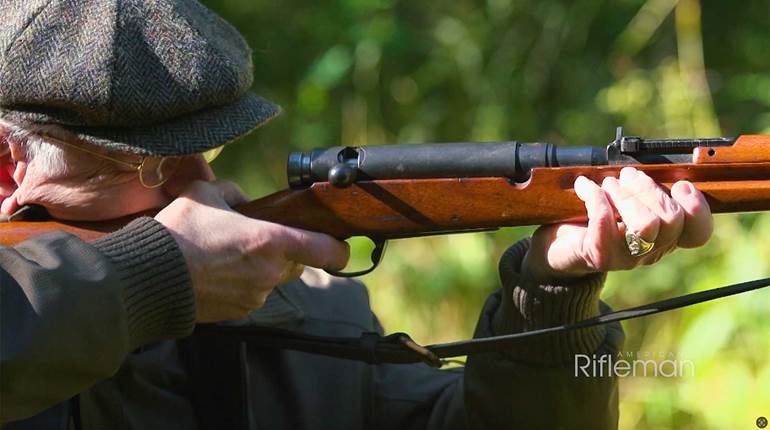
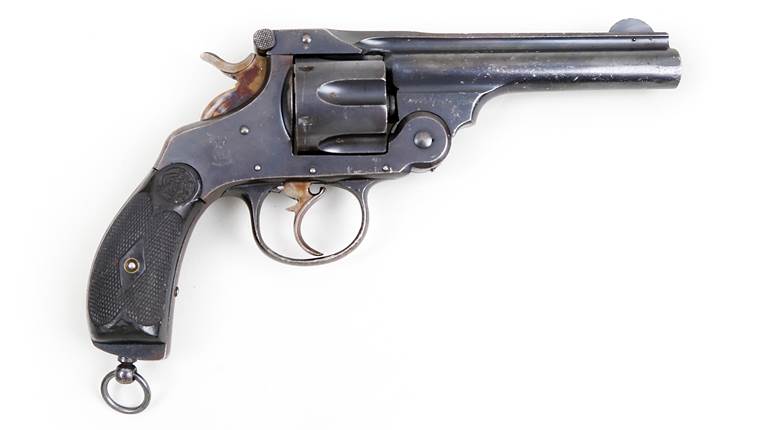
![Auto[47]](/media/121jogez/auto-47.jpg?anchor=center&mode=crop&width=770&height=430&rnd=134090788010670000&quality=60)





